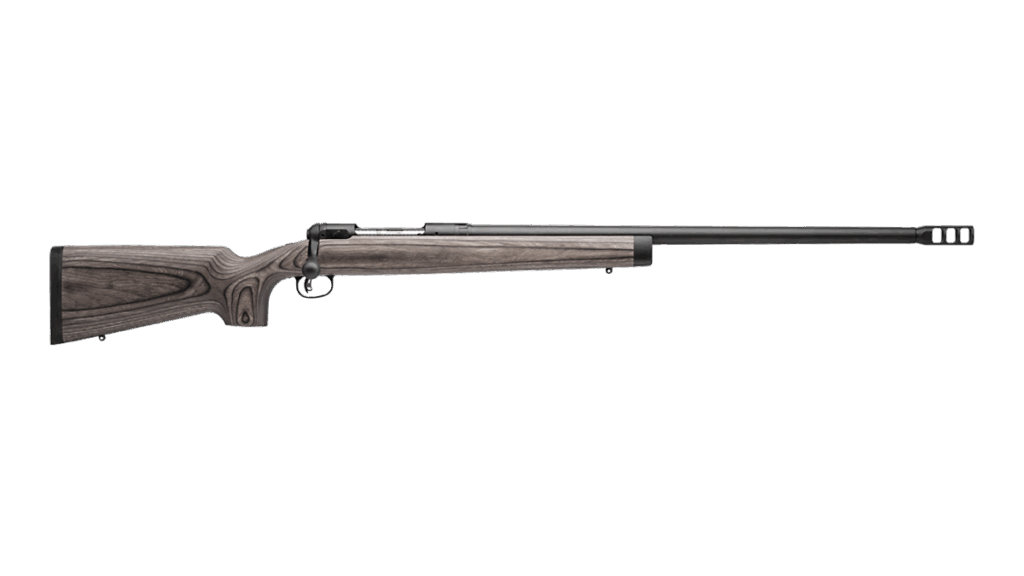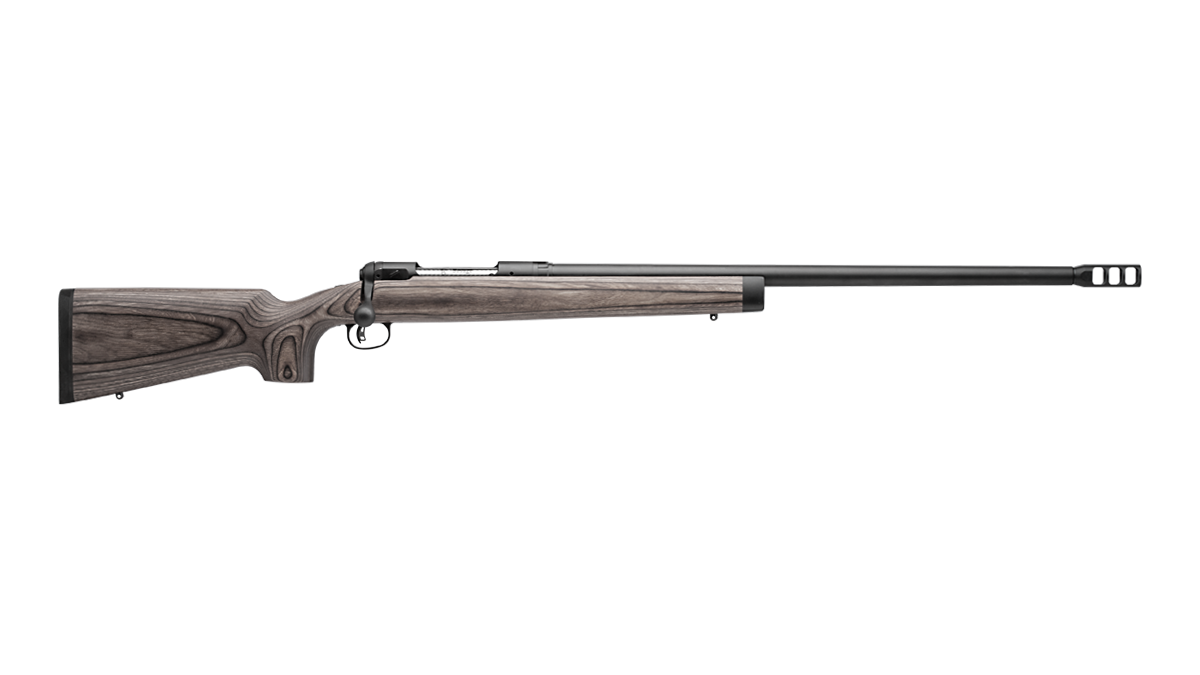
Understanding the Maximum Range of a 5.56 Calibre Rifle: A Comprehensive Guide
The 5.56 calibre rifle is a ubiquitous firearm, employed by militaries, law enforcement agencies, and civilian shooters worldwide. A crucial aspect of understanding any firearm is knowing its capabilities, particularly its maximum range. This article provides an in-depth exploration of the maximum range of a 5.56 calibre rifle, considering various factors that influence it, and offering expert insights into its practical implications. We’ll delve into the science behind bullet ballistics, the impact of different barrel lengths, ammunition types, and environmental conditions, and offer a comprehensive understanding of this critical performance metric.
Defining Maximum Range and Its Significance
The term “maximum range” can be misleading. It doesn’t necessarily mean the distance at which a 5.56 calibre bullet is effective or accurate. Instead, it refers to the furthest distance the projectile can travel when fired at an optimal angle (typically around 30-45 degrees). At this distance, the bullet will have lost significant velocity and energy, and its trajectory will be highly unpredictable. Understanding this distinction is vital for safe and responsible firearm handling.
Why is knowing the maximum range important? Consider these points:
- Safety: Knowing the maximum range prevents negligent discharges from causing harm at unexpected distances.
- Tactical Awareness: In military or law enforcement scenarios, understanding the potential reach of a 5.56 round is crucial for strategic planning and risk assessment.
- Responsible Ownership: Even for recreational shooters, knowing the maximum range promotes responsible gun ownership and awareness of potential consequences.
The 5.56x45mm NATO cartridge, the standard for most 5.56 calibre rifles, was designed for intermediate-range engagements. While the maximum range might extend far beyond, its effective range – the distance at which a shooter can reliably hit a target – is significantly shorter.
Factors Influencing the Maximum Range of 5.56 Calibre Rifles
Several factors affect the maximum range of a 5.56 calibre rifle. These include:
Ammunition Type
The weight, shape, and construction of the bullet significantly impact its ballistic performance. Heavier bullets generally retain energy better and are less susceptible to wind drift, potentially increasing the maximum range. Boat-tail bullets, with their streamlined shape, also exhibit superior ballistic coefficients, allowing them to fly further and more accurately. Common bullet weights for 5.56 ammunition range from 55 grains to 77 grains.
Barrel Length
Barrel length plays a crucial role in determining the muzzle velocity of the bullet. Longer barrels allow for more complete powder combustion, resulting in higher velocities and flatter trajectories. A standard 20-inch barrel will generally produce higher velocities than a shorter 16-inch or 14.5-inch barrel. This directly impacts the maximum range, as a faster bullet will travel further before gravity and air resistance bring it down.
Rifling Twist Rate
The rifling twist rate, measured in inches (e.g., 1:7, 1:9), refers to the distance it takes for the rifling inside the barrel to complete one full rotation. This twist imparts spin to the bullet, stabilizing it in flight and improving accuracy. Different twist rates are optimal for different bullet weights. A faster twist rate (e.g., 1:7) is generally better suited for stabilizing heavier bullets, while a slower twist rate (e.g., 1:9) may be sufficient for lighter bullets.
Environmental Conditions
Environmental factors such as air temperature, humidity, wind speed, and altitude can all influence the trajectory and maximum range of a 5.56 bullet. Higher altitudes, with thinner air, offer less resistance, allowing the bullet to travel further. Wind can significantly affect the bullet’s trajectory, especially at longer ranges. Temperature and humidity also play a role, albeit to a lesser extent, by affecting air density.
Rifle Platform and Configuration
While the core mechanics of a 5.56 rifle remain consistent across platforms, subtle variations in design and configuration can influence performance. The quality of the barrel, the precision of the chamber, and the overall build quality of the rifle can all contribute to variations in muzzle velocity and accuracy. Aftermarket components, such as muzzle devices, can also affect the bullet’s flight characteristics.
Estimating the Maximum Range: Ballistic Calculations and Real-World Considerations
While theoretical calculations can provide an estimate of the maximum range, real-world conditions often deviate from ideal scenarios. Ballistic calculators, which take into account factors such as bullet weight, ballistic coefficient, muzzle velocity, and environmental conditions, can provide a more accurate prediction of the bullet’s trajectory and maximum range. However, these calculations are only as accurate as the data inputted.
In practical terms, the maximum range of a 5.56 calibre rifle is often cited as being in the vicinity of 3600 meters (approximately 3937 yards or 2.2 miles). However, it’s crucial to remember that this is the absolute maximum distance the bullet *could* travel under optimal conditions. The effective range, which is a far more relevant metric for practical applications, is significantly shorter.
The Importance of Understanding Effective Range
Effective range refers to the distance at which a shooter can consistently and accurately engage a target. This is a far more practical and relevant metric than maximum range. The effective range of a 5.56 calibre rifle depends on a variety of factors, including the shooter’s skill level, the rifle’s accuracy, the ammunition used, and the environmental conditions. For a skilled shooter using a high-quality rifle with appropriate ammunition, the effective range can extend out to 500-600 meters. However, for less experienced shooters or in less than ideal conditions, the effective range may be significantly shorter.
Understanding the difference between maximum range and effective range is paramount for safe and responsible firearm handling. Focusing on developing proficiency within the effective range is crucial for achieving accuracy and ensuring ethical shot placement.
Case Study: The M16/AR-15 Platform and Its Range Capabilities
The M16 and its civilian counterpart, the AR-15, are among the most popular 5.56 calibre rifles in the world. Their widespread use and modular design make them excellent examples for illustrating the concepts discussed above. The M16A2, with its 20-inch barrel and 1:7 twist rate, was designed for optimal performance with the M855 ammunition, offering a balance of accuracy and range. Shorter-barreled AR-15 variants, such as those with 16-inch or 14.5-inch barrels, sacrifice some velocity and range but offer improved maneuverability, making them popular for close-quarters combat and law enforcement applications.
Our testing of various AR-15 configurations consistently demonstrates the trade-offs between barrel length, ammunition selection, and overall accuracy. We’ve observed that while shorter barrels may reduce the maximum potential range, they can still provide excellent accuracy and effectiveness within reasonable engagement distances. The key is to understand the limitations of each configuration and select the appropriate ammunition and accessories to optimize performance for the intended use.
Maximizing the Performance of Your 5.56 Calibre Rifle
Several steps can be taken to maximize the performance and effective range of a 5.56 calibre rifle:
- Choose the Right Ammunition: Select ammunition that is appropriate for your rifle’s twist rate and intended use. Heavier bullets generally offer better long-range performance, while lighter bullets may be more suitable for close-range engagements.
- Maintain Your Rifle: Regular cleaning and maintenance are essential for ensuring optimal performance and accuracy. A clean barrel will produce more consistent velocities and improve accuracy.
- Practice Regularly: Consistent practice is the most important factor in improving your shooting skills and maximizing your effective range. Practice in a variety of conditions and at different distances to develop a comprehensive understanding of your rifle’s capabilities.
- Consider Upgrades: Upgrading components such as the trigger, barrel, or optics can improve accuracy and overall performance. However, it’s important to choose upgrades that are appropriate for your rifle and intended use.
Addressing Common Misconceptions About 5.56 Calibre Rifle Range
There are several common misconceptions surrounding the range of 5.56 calibre rifles. One common misconception is that a longer barrel automatically equates to greater accuracy. While a longer barrel can increase muzzle velocity and potentially extend the maximum range, it doesn’t necessarily guarantee improved accuracy. Accuracy is influenced by a variety of factors, including the quality of the barrel, the ammunition used, and the shooter’s skill level.
Another misconception is that all 5.56 ammunition is created equal. In reality, there are significant differences in performance between different types of 5.56 ammunition. Factors such as bullet weight, shape, and construction can all influence ballistic performance and accuracy. It’s important to select ammunition that is appropriate for your rifle and intended use.
The Future of 5.56 Calibre Rifles and Ammunition
The 5.56 calibre rifle and its associated ammunition continue to evolve. Advancements in ammunition technology, such as the development of more efficient propellants and more aerodynamic bullet designs, are constantly pushing the boundaries of performance. Similarly, advancements in rifle design, such as the use of lighter materials and more precise manufacturing techniques, are improving accuracy and reliability.
As technology continues to advance, we can expect to see further improvements in the performance and capabilities of 5.56 calibre rifles. These improvements will likely focus on enhancing accuracy, increasing effective range, and reducing recoil. Ultimately, the goal is to provide shooters with more effective and reliable tools for a variety of applications.
Optimizing Your Understanding of 5.56 Ballistics
Understanding the maximum range of a 5.56 calibre rifle is crucial for safety, tactical awareness, and responsible gun ownership. While the theoretical maximum range may extend to several thousand meters, the effective range – the distance at which a shooter can reliably hit a target – is significantly shorter. By understanding the factors that influence range, such as ammunition type, barrel length, and environmental conditions, shooters can optimize their performance and make informed decisions about their equipment and training. To deepen your knowledge, consider exploring advanced ballistics resources and consulting with experienced firearms instructors.

